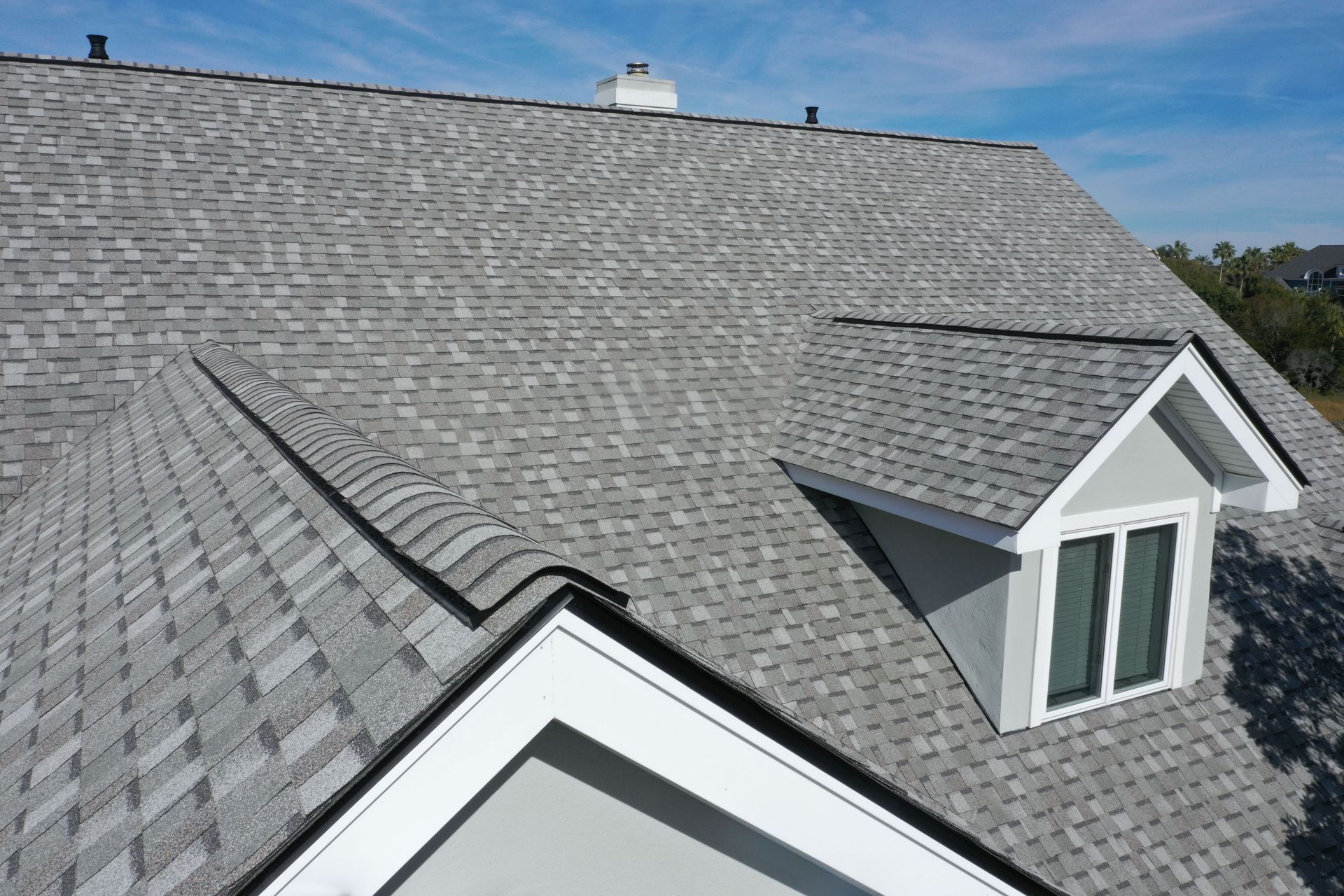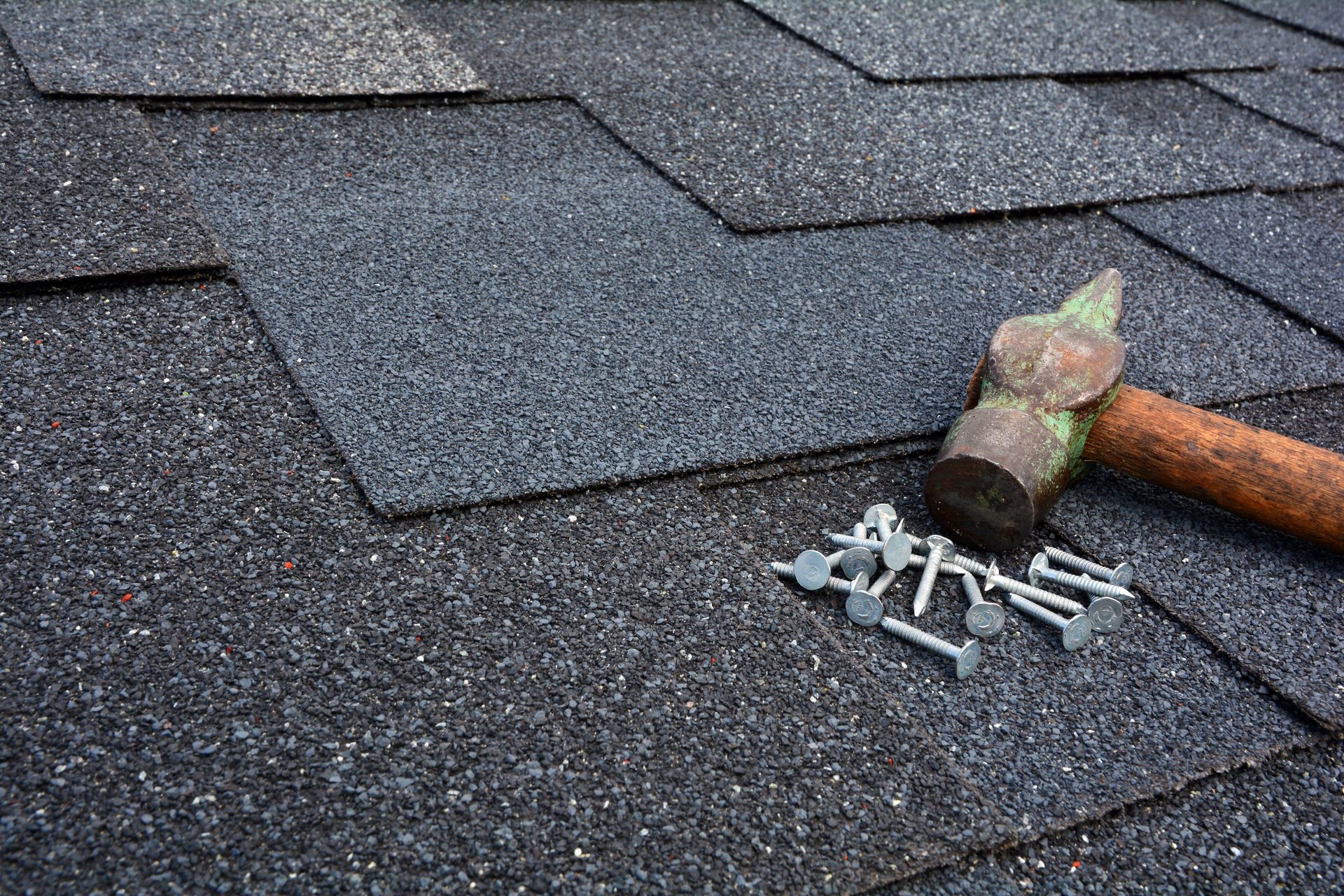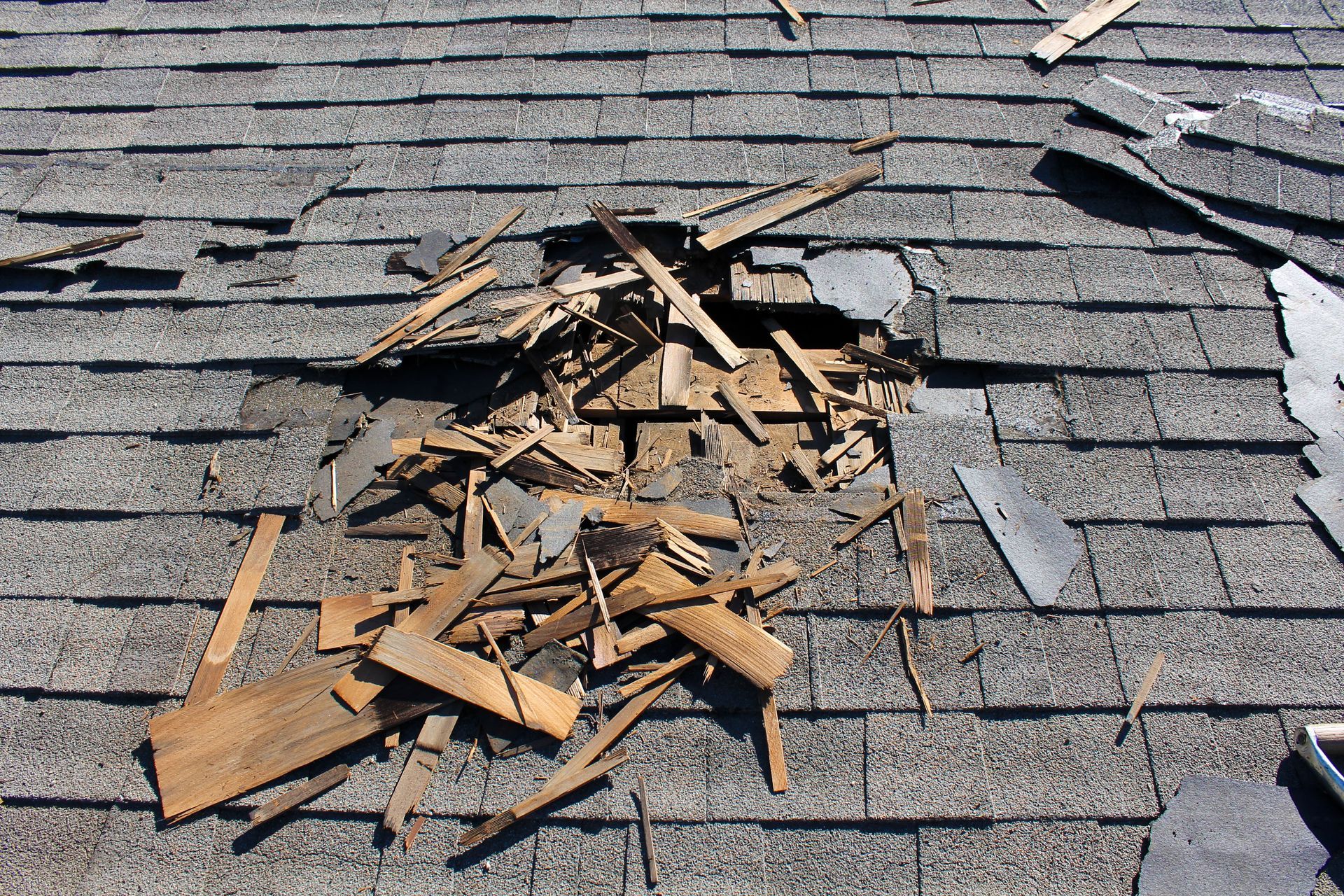Roof Repair vs. Roof Replacement Service: Knowing What Your Property Needs
Ensuring the integrity of your property's roof is crucial to maintaining its value and safety. One of the critical decisions homeowners face is choosing between repairing and replacing their roof. Understanding the factors that influence this decision can help property owners make a more informed choice that suits their specific circumstances and budget. This guide aims to provide detailed insights into the aspects that should lead you towards a roof repair or opting for a complete roof replacement service. By diving into various considerations, homeowners can weigh each option effectively. This discussion is vital in making sure that long-term solutions are implemented for property protection.
Assess the Age and Condition of Your Roof
The age of your roof is a significant factor in determining whether a repair or replacement is necessary. From our experience, asphalt shingle roofs typically last between 20 and 25 years, while metal roofs may have longer lifespans. When your roof approaches the end of its expected life, it becomes more susceptible to damage and may require continuous maintenance, making a roof replacement service more economical in the long run. However, if the roof is relatively young and well-maintained, repair can be a cost-effective option to extend its life. By monitoring the age and condition of your roof, you can better plan financially for an eventual replacement.
Another reason to consider the roof's age is the technological advancements that have occurred in roofing materials over recent years. Modern materials often provide superior durability and energy efficiency compared to older counterparts. For instance, upgrading to a new roof can significantly reduce energy costs. Thus, even if a roof isn't at the end of its life, it might be beneficial to replace it to take advantage of these innovations. This aspect adds to the long-term eco-friendly and financial benefits of opting for a roof replacement service.
Evaluate the Extent and Type of Roof Damage
The extent and type of damage your roof has sustained are crucial factors in deciding between repair and replacement. Minor damages such as small leaks, missing shingles, or isolated punctures can be effectively rectified through repairs. However, when damage is widespread, it undermines the structural integrity of the entire roof, leaning towards the necessity of a replacement. Such extensive issues include recurrent leaks, structural damage, or severe storm impacts that compromise the entire roofing system. These situations not only affect property safety but could also lead to more significant structural problems if ignored.
The material type is also relevant; some materials are more resilient to certain damage than others. For instance, metal roofs can withstand wind damage better than asphalt shingles. Consequently, knowing your roof's material and how it responds to different types of damage is essential for making an informed decision. Similarly, a roof replacement service might be necessary for dealing with materials that have become outdated or are unable to meet new environmental standards.
Consider Material Options and Structural Factors
The materials used in your current roof significantly impact the decision between repair and replacement. Some materials, like asphalt shingles, are easier and cheaper to repair than others, such as metal, which might require specialized service. Moreover, if a roof replacement service includes modern, energy-efficient materials, it could offer substantial savings on energy bills over time. Such considerations not only reflect cost implications but also energy efficiency and durability in the face of environmental conditions. In light of these factors, a full roof replacement might be the optimal solution for long-term benefits.
Structural considerations are equally crucial when deciding on roofing solutions. The existing structure’s ability to support a new roofing system or additional materials should be evaluated. For instance, a heavier material may require reinforcement of the roof structure, which can add to the cost and complexity of a roof replacement service. Conversely, lightweight, modern materials could reduce these structural demands and enhance property resilience against harsh weather. Such material and structural assessments ensure that your chosen solution not only meets immediate repair needs but also adheres to long-term safety and regulatory standards.
Upgrading to new materials can also address previous roofing issues that have continually arisen. Transitioning to materials with better insulating properties or those designed to withstand specific environmental conditions can offer significant improvements in reducing overall property maintenance. While initially more costly, they often repay the investment through reduced repair frequency and enhanced property value. Whether opting for partial repairs with upgraded materials or going for a complete roof replacement service, incorporating advanced materials can cater to functional and aesthetic improvements, maintaining your roofing system's integrity and value.
Account for Environmental and Climate Influences
Environmental elements greatly influence whether a roof should be repaired or replaced. Areas with severe weather conditions may rapidly deteriorate roofing materials, resulting in frequent repairs that become costly and inefficient over time. In such scenarios, a roof replacement service that employs materials better suited to withstand weather adversities could be a more feasible long-term solution. These materials can include impact-resistant, windproof, or waterproof technologies that enhance the property's protection against the elements. Anticipating these environmental impacts can significantly contribute to strategic planning regarding roof investments.
Weather also dictates the choice of roofing materials during a replacement service. In areas that experience extreme temperatures, choosing appropriate materials can result in lower cooling and heating expenses. According to the Roofer's Guild, cool roofs, like metal for instance, reduce energy usage by over 16%, which provides substantial savings on energy bills. Additionally, these roofs enhance indoor comfort, necessitating construction choices aligned with climate realities. Factoring in weather influences ensures that your roofing solution aligns with energy efficiency goals and environmental sustainability, enabling a responsible approach to property management.
Balance Budget, Financing, and Long-Term Value
Budget plays an enormous role in deciding between roof repair and roof replacement services. While repairs can offer immediate relief at a lower cost, they may also serve as short-term solutions that could accumulate expenses over time. A full roof replacement can appear costlier at the outset but may provide a more comprehensive solution to recurring issues, offering a durable system that cuts down future repair needs. Therefore, assessing repair costs against replacement values helps gauge the most cost-effective choice. Financial planning in this context also involves anticipating how roofing investments align with property value and resale potential.
While considering budget constraints, homeowners must weigh the prospects of financing options that may spread out the cost of a roof replacement service. Loans or other financial products designed for home improvement can make a replacement more accessible, facilitating strategic investments in property infrastructure without immediate financial strain. Moreover, some incentive programs or subsidies may assist homeowners in opting for energy-efficient roof replacements, easing the overall financial burden. Therefore, a thorough analysis of available financing avenues and potential savings associated with a new roofing system is vital for balanced financial planning.
Determining the most suitable approach between roof repair and replacement is multifaceted and requires careful consideration of multiple factors. Age, damage extent, material resilience, environmental influences, and budget are all significant determinants in making this decision. Investing in a roof replacement service might present upfront costs, but it often offers enhanced durability, efficiency, and financial returns in the long run. Similarly, while repairs might be more cost-friendly initially, they may not address systemic issues effectively. Weighing these aspects with professional assessments ensures that your roofing solutions cater to both immediate needs and future sustainability goals, offering peace of mind and a protective shield for your property. Reach out to Blankenship Roofing Inc to learn more about your options today!





Share On: